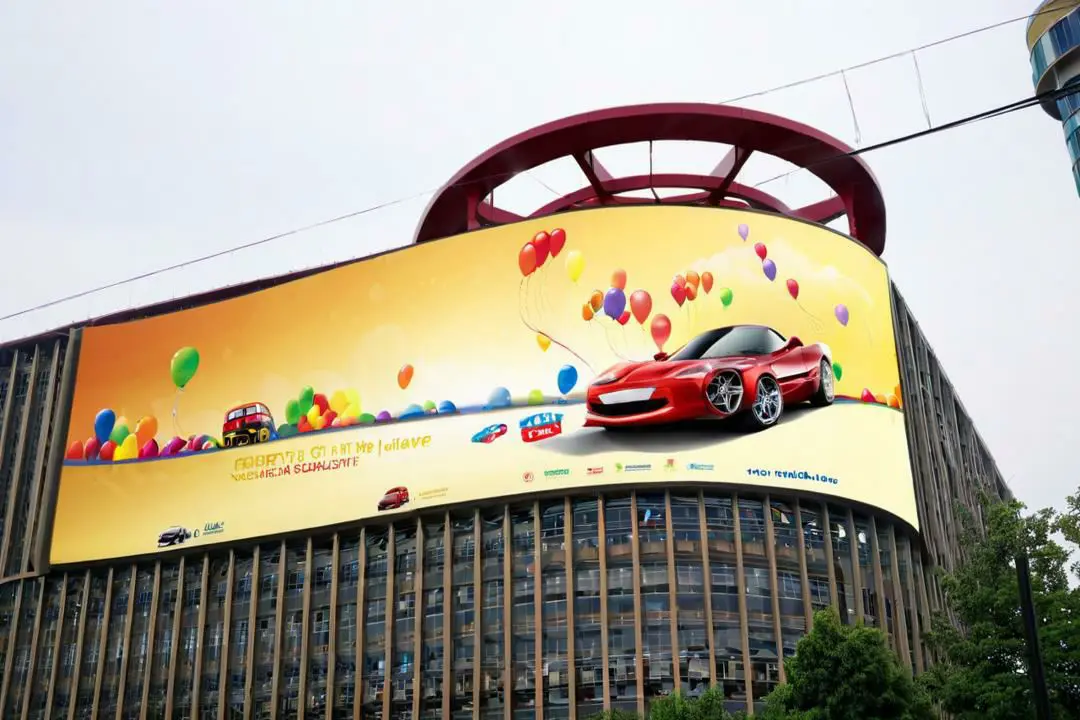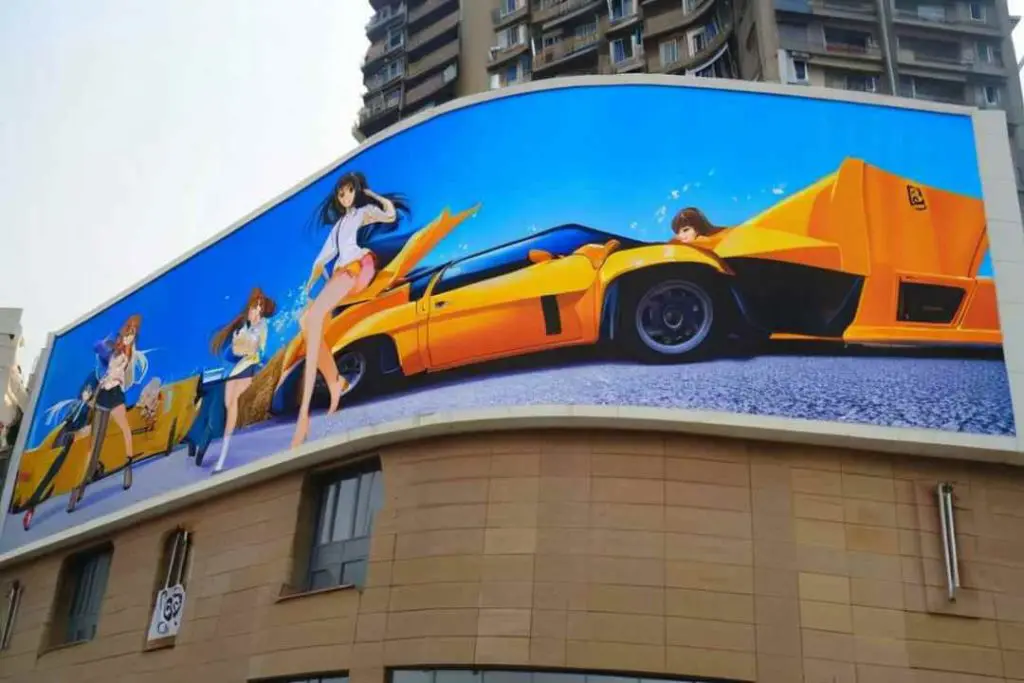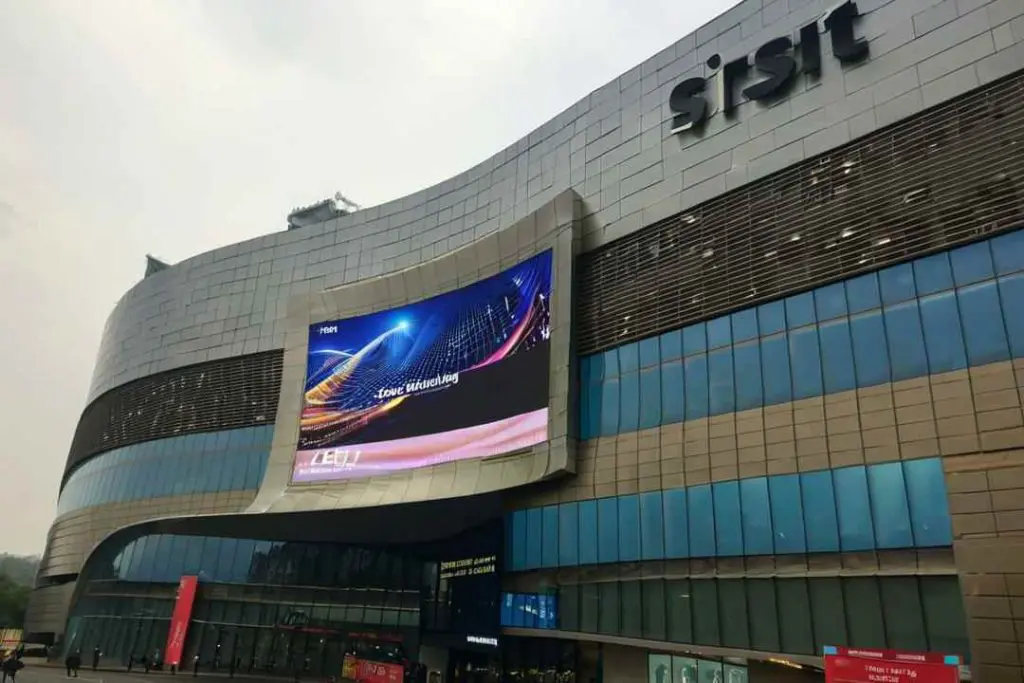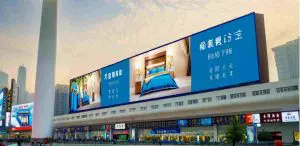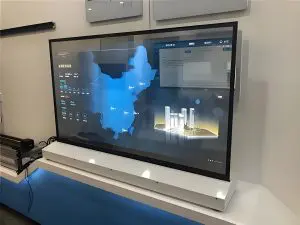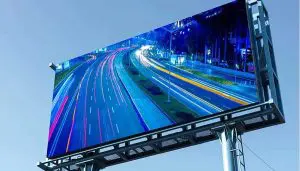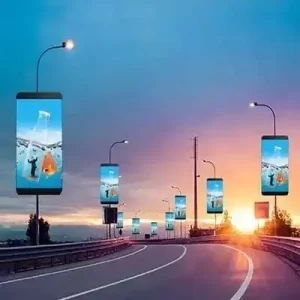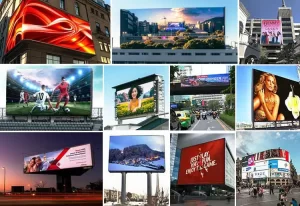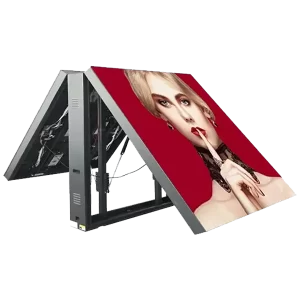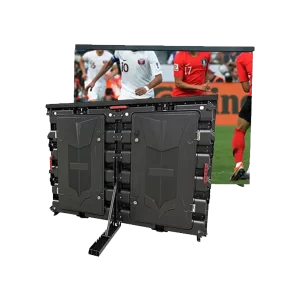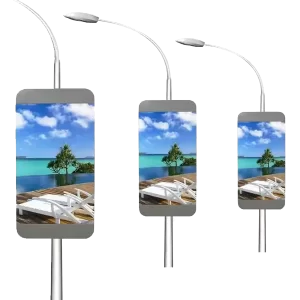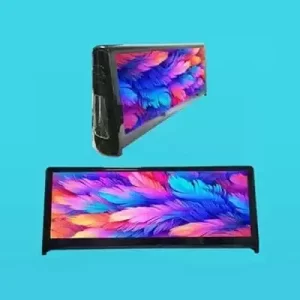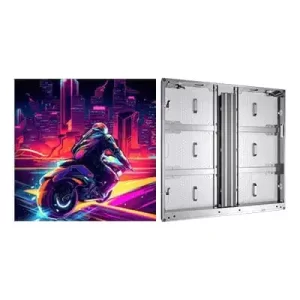An OEM (Original Equipment Manufacturer) outdoor LED screen is a fully customizable digital display solution tailored to meet specific requirements for outdoor applications. These screens are designed and manufactured by OEM companies, often allowing businesses to brand and utilize the technology under their own name. OEM outdoor LED screens are ideal for advertising, live events, public displays, and more, offering high brightness, weather-resistant designs, and advanced customization options.
In this guide, we’ll explore the features, benefits, applications, and considerations for choosing an OEM outdoor LED screen.
What Is an OEM Outdoor LED Screen?
An OEM outdoor LED screen is a digital display manufactured by a third-party company and customized to the client’s specific needs. OEM screens allow businesses to choose features like size, pixel pitch, brightness, resolution, and branding. These screens are particularly advantageous for companies or distributors looking to integrate high-quality LED displays into their product offerings without building the technology themselves.
Key Features of OEM Outdoor LED Display Screens
OEM outdoor LED Display screens are built for performance and flexibility. Here are their key features:
1. Customizable Design
- Screen Size: Custom sizes for various use cases, from small roadside signs to massive video walls.
- Shape: Options for flat, curved, or creative shapes.
- Pixel Pitch: Tailored pixel pitch (P2–P10) based on viewing distance.
2. High Brightness
OEM outdoor screens offer 5,000–10,000 nits of brightness, ensuring excellent visibility in direct sunlight.
3. Weather Resistance
With an IP65 or higher rating, OEM outdoor LED screens are water-resistant, dustproof, and capable of operating in extreme temperatures.
4. Modular and Scalable
OEM screens are composed of modular panels, enabling flexible configurations and easy scalability for various installations.
5. Energy Efficiency
Energy-efficient LED technology reduces operational costs, making them ideal for long-term outdoor use.
6. Advanced Content Management
Many OEM screens support:
- Remote content updates via Wi-Fi, 4G/5G, or cloud-based systems.
- Multiple input formats such as HDMI, USB, and SD cards.
- Scheduling functionality for automated content playback.
7. Long Lifespan
OEM screens are built with durable materials and advanced heat dissipation systems, ensuring 50,000–100,000 hours of operation.
8. Branding Options
OEM manufacturers allow businesses to add their logo, branding, or custom interfaces, creating a fully white-labeled product.
Benefits of OEM Outdoor LED Screens
Choosing an OEM outdoor LED screen offers several advantages:
1. Tailored to Your Needs
OEM screens are fully customizable, allowing you to select the specifications (size, resolution, brightness) that best fit your project.
2. Cost-Effective Manufacturing
By outsourcing production to OEM manufacturers, businesses can reduce costs while offering high-quality products under their brand.
3. High Performance
OEM outdoor LED screens deliver industry-leading performance with vibrant visuals, excellent weather resistance, and reliable operation.
4. Scalability for Large Projects
Whether you need a small roadside sign or a massive stadium screen, OEM manufacturers can produce scalable solutions that meet your exact requirements.
5. Brand Recognition
OEM solutions allow businesses to market and sell LED screens under their own brand, enhancing visibility and reputation.
6. Support from Experts
OEM manufacturers often provide installation support, maintenance, and warranties, ensuring smooth deployment and long-term operation.
Applications of OEM Outdoor LED Screens
OEM outdoor LED screens are suitable for a wide range of applications, including:
1. Advertising and Promotions
- Digital Billboards: Display ads in high-traffic outdoor locations like highways and city centers.
- Retail Signage: Promote sales, discounts, and events outside stores or malls.
2. Events and Entertainment
- Concerts and Festivals: Use large OEM screens for live streaming, stage backdrops, or sponsor advertisements.
- Sports Stadiums: Display live scores, replays, and event branding.
3. Public Information
- Transportation Hubs: Provide real-time schedules, directions, and announcements at airports, train stations, and bus terminals.
- City Squares: Share public service announcements, news, or cultural content.
4. Government Use
- Emergency Messaging: Broadcast alerts for weather events, road closures, or public safety updates.
- Community Outreach: Promote campaigns, local events, or initiatives.
5. High-End Custom Projects
- Architectural Installations: Integrate sleek, creative displays on building facades or outdoor landmarks.
- Interactive Installations: Create touch-enabled outdoor screens for unique user experiences.
Types of OEM LED Display Screens
OEM manufacturers offer a variety of outdoor LED Display screen types to suit different use cases:
1. Fixed LED Screens
- Best For: Permanent installations such as billboards and stadiums.
- Features: High brightness, durable, and weatherproof.
2. Portable LED Screens
- Best For: Temporary events like trade shows, festivals, and mobile advertising.
- Features: Lightweight and easy to assemble or transport.
3. Transparent LED Screens
- Best For: Glass facades or modern architectural designs.
- Features: Semi-transparent panels that blend with the building design.
4. Curved LED Screens
- Best For: Creative and immersive installations.
- Features: Flexible panels for concave or convex designs.
5. Rental LED Screens
- Best For: Short-term use at events, trade shows, or pop-up promotions.
- Features: Quick setup and dismantling.
Factors to Consider When Choosing an OEM Outdoor LED Screen
When selecting an OEM outdoor LED screen, consider the following factors to ensure the screen fits your project requirements:
1. Screen Size
Choose a size that matches your location and application:
- Small Screens: Great for roadside signs or small advertisements.
- Large Screens: Ideal for stadiums, city squares, and major events.
2. Pixel Pitch
The pixel pitch determines the screen’s resolution and optimal viewing distance:
- P2–P6: For close or mid-range viewing (e.g., stadiums, events).
- P6–P10: For long-distance viewing (e.g., billboards).
3. Brightness
Outdoor screens require high brightness for visibility in daylight:
- 5,000–10,000 nits is standard for most outdoor applications.
4. Weather Resistance
Ensure the screen has an IP65 or higher rating to protect it from rain, dust, and extreme temperatures.
5. Content Management
Look for screens with:
- Remote content updates via Wi-Fi, 4G, or cloud-based systems.
- Scheduling capabilities to automate content playback.
6. Warranty and Support
Choose an OEM manufacturer that provides:
- A 3–5 year warranty.
- Post-sale support, including installation, troubleshooting, and maintenance.
Cost of OEM Outdoor LED Screens
The cost of an OEM outdoor LED screen depends on factors like size, pixel pitch, and additional features. Below is an approximate price range:
| Screen Type | Pixel Pitch | Cost per m² (USD) | Best For |
|---|---|---|---|
| Fixed LED Screen | P2–P6 | $700–$3,000 | Permanent billboards and advertising. |
| Portable LED Screen | P3–P10 | $1,000–$4,000 | Temporary events and mobile ads. |
| Transparent LED Screen | P3–P7 | $1,000–$4,000 | Glass facades, creative designs. |
| Curved LED Screen | P2–P10 | $1,000–$3,000 | Immersive and architectural displays. |









